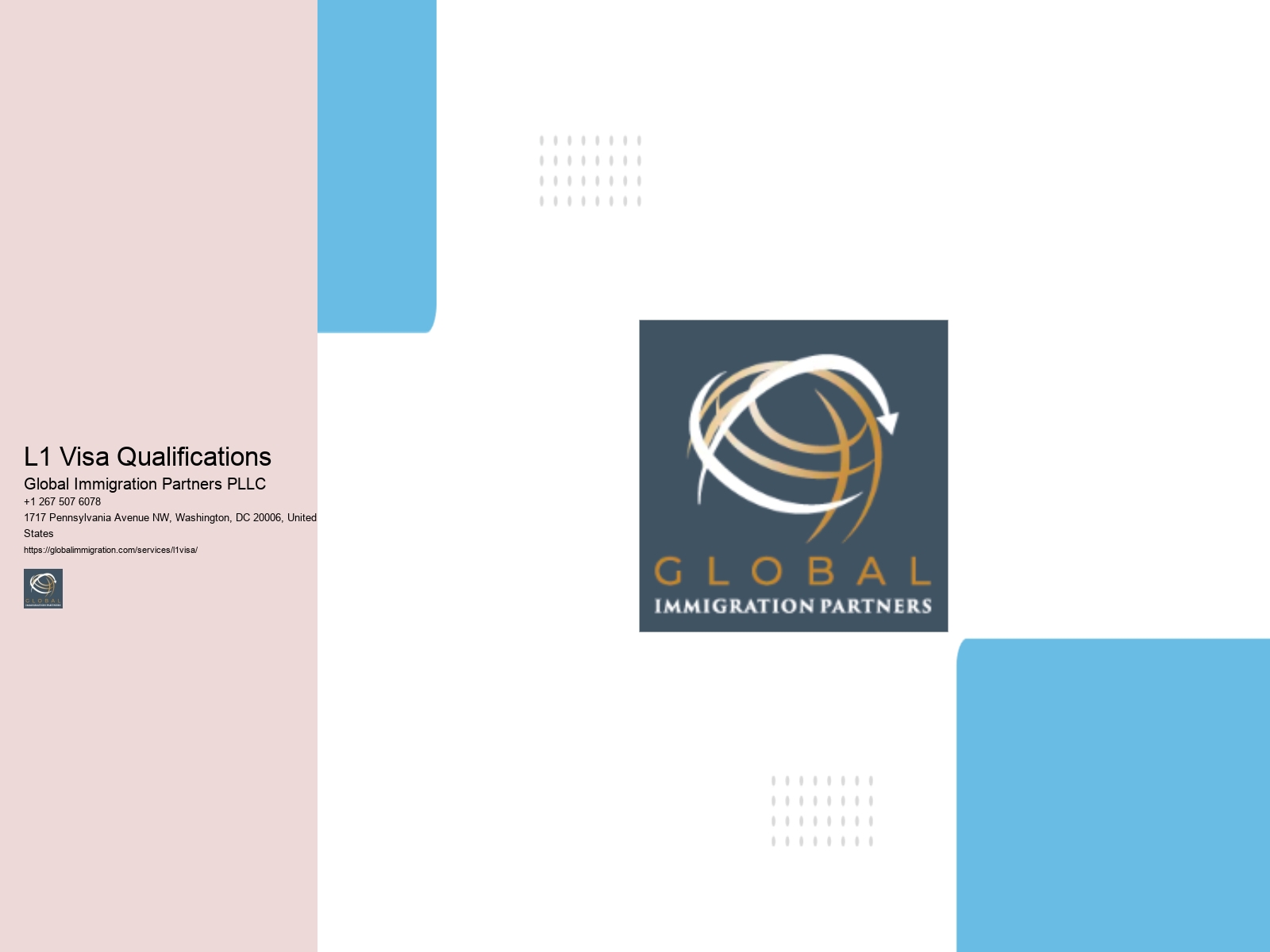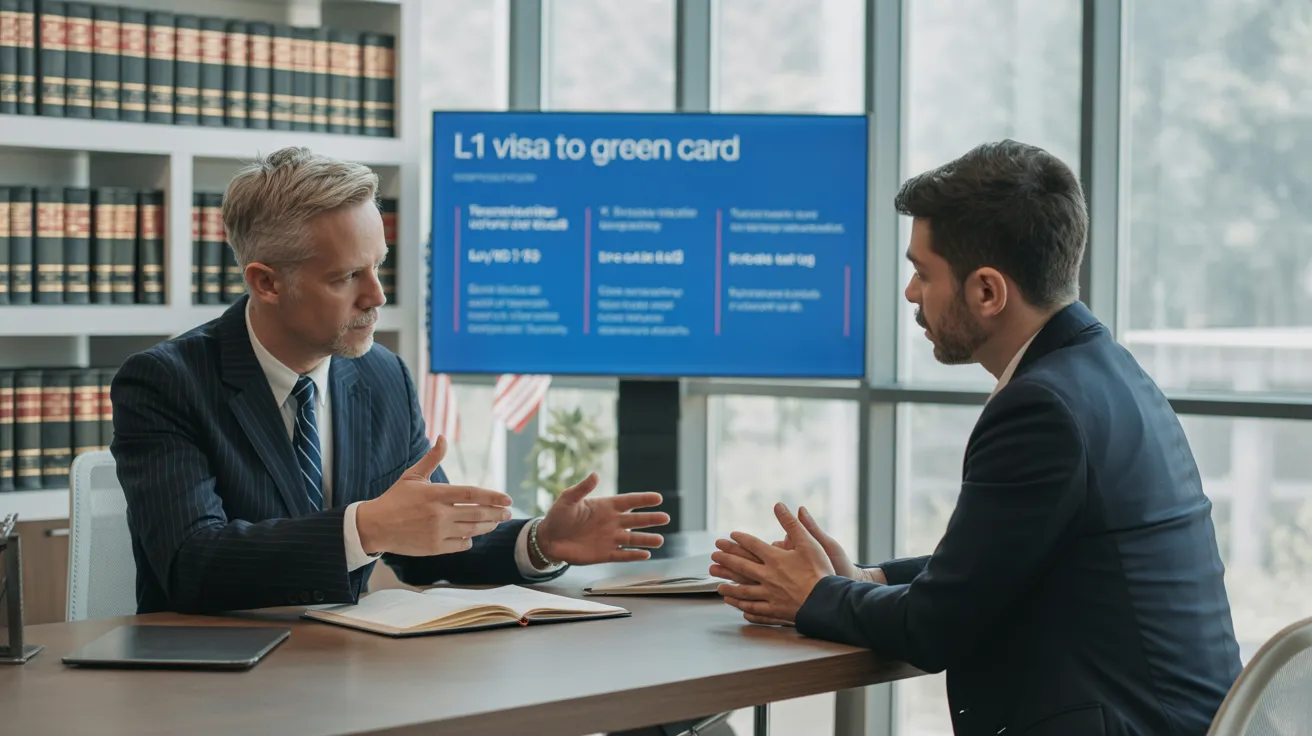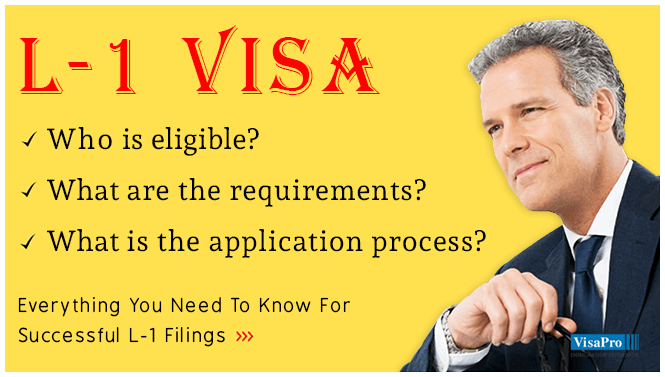

Understanding the qualifications for the L1 Visa is essential for both employers and prospective employees looking to navigate the complexities of U.S. immigration. The distinction between the L1A and L1B categories highlights the specific criteria that must be met, including managerial experience and specialized knowledge.
Moreover, the application process requires careful attention to documentation and compliance with regulatory expectations.
As we examine these elements further, it becomes clear that the nuances of the L1 Visa can greatly impact an organization's ability to leverage global talent effectively. What are the implications of these qualifications for your situation?
The L1 visa program encompasses two primary categories designed to facilitate the transfer of employees within multinational companies: the L1A and L1B visas. The L1A visa is intended for managers and executives, allowing them to relocate to the U.S. to oversee operations or manage teams within their organization.
In contrast, the L1B visa is designated for employees with specialized knowledge pertinent to the company's products, services, or processes. Both visa types enable companies to maintain a cohesive global workforce while contributing to the U.S. economy.
The L1 visa program is particularly advantageous for businesses seeking to expand operations or enhance their competitive edge in the marketplace. Understanding these distinctions is essential for companies planning to utilize the L1 visa for employee transfers.
To qualify for an L1A visa, applicants must meet specific criteria that demonstrate their managerial or executive role within a multinational organization. The applicant must have been employed in a managerial or executive capacity for at least one continuous year within the last three years by the foreign entity.
The role at the U.S. branch must also involve overseeing the organization, managing subordinate staff, or directing the organization's operations.
Additionally, the multinational company must have a qualifying relationship, such as a parent, branch, affiliate, or subsidiary. It is essential that the applicant's employment is necessary for the success of the U.S. entity, highlighting the strategic significance of their role within the organization.

While pursuing an L1B visa, applicants must demonstrate that they possess specialized knowledge essential to the operations of the U.S. branch of a multinational company. This specialized knowledge refers to an advanced understanding of the company's processes, products, or services that is not readily available in the U.S. labor market.
Applicants must have worked for the foreign branch for at least one continuous year within the last three years. Additionally, their role should directly relate to the specialized knowledge, showcasing their unique contributions to the organization.
The company must also establish that the applicant's expertise will enhance the competitiveness and efficiency of the U.S. entity, ensuring a tangible benefit from their presence in the country.
When applying for an L1B visa, applicants must submit a thorough set of documentation to support their eligibility. Key documents include a completed Form I-129, Petition for a Nonimmigrant Worker, along with the associated filing fees.
Applicants must provide evidence of employment with the overseas company for at least one continuous year within the last three years. Additionally, documentation demonstrating the specialized knowledge relevant to the position in the U.S. is vital.
This may include job descriptions, organizational charts, and any relevant certifications or degrees. Moreover, the U.S. employer must submit a letter detailing the job offer and the company's relationship with the foreign entity. Ensuring all documentation is accurate and complete is essential for a successful application.

The L1 visa application process involves several distinct steps that must be followed meticulously to guarantee a successful outcome. First, employers must determine eligibility, ensuring that both the U.S. entity and foreign entity meet the necessary criteria.
Next, the employer completes Form I-129, the Petition for a Nonimmigrant Worker, and submits it along with required documentation, including proof of the employee's qualifications and the nature of the business relationship.
Once the petition is approved, the employee can apply for the L1 visa at a U.S. consulate or embassy, submitting Form DS-160 and attending an interview. Finally, upon visa approval, the employee can travel to the U.S. and begin working for the sponsoring employer.
Steering through the L1 visa application process often presents various challenges that both employers and employees must address proactively. One common obstacle is insufficient documentation, which can result in delays.
To mitigate this, employers should guarantee that all required paperwork, including proof of eligibility and organizational structure, is meticulously prepared. Another challenge is the complexity of demonstrating a qualifying relationship between the foreign and U.S. entities. Clear organizational charts and detailed descriptions of the roles can assist in this area.
Additionally, applicants often face issues related to compliance with immigration regulations. Regular training sessions on compliance for HR personnel can be beneficial. By anticipating these challenges and implementing strategic solutions, both employers and employees can navigate the L1 visa process more effectively.

Yes, family members can accompany L1 visa holders. Spouses and unmarried children under the age of 21 are eligible for L2 visas, which allow them to reside in the United States while the primary L1 visa holder works. L2 visa holders can also apply for work authorization, enabling them to seek employment during their stay. This provision facilitates family unity and supports the L1 visa holder's adjustment to life and work in the U.S.
Family members can indeed apply for a green card alongside you, depending on their eligibility and your immigration status. Typically, if you are pursuing a green card through employment or other means, your spouse and unmarried children under 21 may qualify as derivative applicants, allowing them to obtain permanent residency simultaneously. It's crucial to consult an immigration attorney to navigate the specific requirements and guarantee a smooth application process for all involved.
The L1 visa and H-1B visa serve distinct purposes within the U.S. immigration framework. The L1 visa facilitates intra-company transfers for employees of multinational companies, allowing them to work in the U.S. for related entities. Conversely, the H-1B visa is designed for foreign professionals in specialty occupations requiring specific qualifications. Additionally, L1 visa holders may have dual intent, while H-1B applicants typically must demonstrate intent to return to their home country.